Financial consolidation reporting using multiple Xero, Sage or QuickBooks Online accounts
If your company has multiple divisions or subsidiaries, then you will be aware of the need to prepare consolidated financial statements for the entire group in order to give a picture of the financial health of the parent company.
You will also know what a headache consolidation reporting is, even for the most experienced of accountants. It requires the processing of huge quantities of data, often in different currencies, and as such can easily lead to misinterpretation and mistakes.
The need for financial consolidation reporting
In today’s economy, where entrepreneurship has seen more companies being set up than ever before, financial consolidation is becoming something that an increasing number of business owners are having to become familiar with.
As start-up culture has played a big part in this changing business landscape, especially in the tech industry where businesses often invest in several new companies, or venture or seed capital firms.
Financial consolidation also affects franchises or organisations that are collaborating to take advantage of economies of scale – such as NHS trusts and veterinary practices – investors with property portfolios, family offices or global business that operate in multiple countries.
The growth of Xero, Sage and QuickBooks Online for financial reporting
Powering this boom in people leaving the daily grind of 9-5 to set up their own business is the advances in cloud technology. Cloud-based financial accounting software, such as Xero, Sage and QuickBooks Online, offers business owners cost-effective and easy-to-use systems for managing their company’s finances.
Previously, as businesses grew, they would move away from using Microsoft Excel for their finances to traditional ERP (enterprise resource planning) platforms, which provided the solution to issues associated with growth, such as entities operating in different territories, running different currencies, or being multi-vertical or multi-disciplined with little or no alignment.
The drawback to using ERP software was twofold: they were extremely expensive and highly complex, therefore difficult to implement. Businesses had to reach a certain size and scale, with deep pockets, before they could invest, something that was simply not possible for most businesses. The emergence of cloud accounting has now changed this situation forever.














